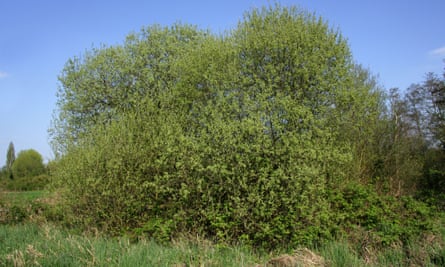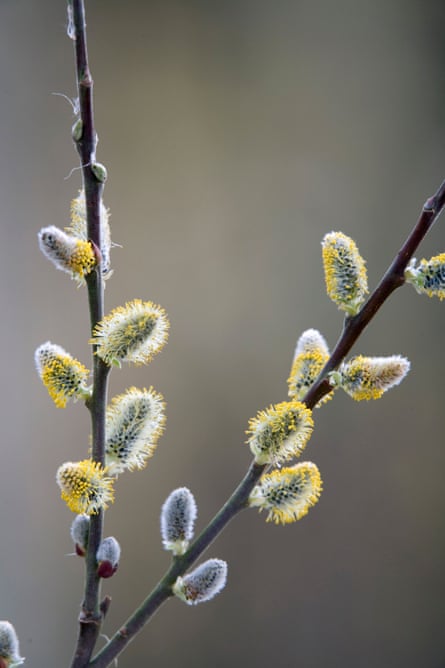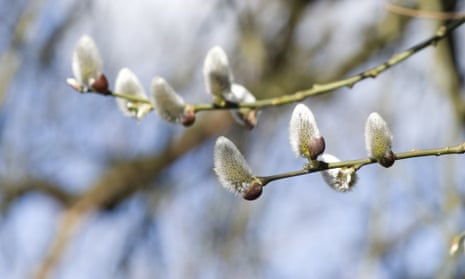A few years ago I was pottering in my mum’s garden when I heard the low buzz of hundreds of bees. It was early spring, so it couldn’t have been an established nest I was hearing (bumblebee colonies are started in spring and take several weeks to build up sufficient numbers to make such a noise), and there were no honeybee hives in neighbouring gardens. There wasn’t much going on among the crocuses, daffodils and hyacinths on the ground, but it still took a while for me to think to look skywards – for immediately above my head was a huge willow tree shimmering in the sunshine, with bees of all species, shapes and sizes sifting among its catkins.

The Guardian’s product and service reviews are independent and are in no way influenced by any advertiser or commercial initiative. We will earn a commission from the retailer if you buy something through an affiliate link. Learn more.
It was a glorious moment, and one I recounted repeatedly to my mother in an attempt to persuade her not to cut down the tree, which was blocking light to her south-facing border. I lost the battle, but vowed to replace the tree with something smaller, and make up for the loss further by growing willows in every garden I would ever own.

Britain is home to several species of willow, most of which grow in wet ground on or near rivers and streams. Some of these are among our largest native trees. They’re steeped in history and folklore – the crack willow (Salix fragilis) is so named after the loud cracking sound its branches make when they drop from its boughs (usually into flowing water where they will be taken downstream to propagate a new tree - willows root incredibly easily), while all species are associated with sadness and mourning. They’re fantastic trees for wildlife – as my epiphany demonstrates – providing food not just for bees, but also for moth caterpillars, and as shelter for bats, small mammals and birds.
The willow in my mum’s garden had oval-shaped leaves rather than the long and thin ones typically associated with the species. It was probably a goat willow (S. caprea, also known as pussy willow or great sallow) or the closely related grey willow, or a hybrid of the two.
Goat willow grows to 10m. Male and female catkins grow on separate trees – male catkins are grey, ripening to yellow, while female catkins are longer and green. The tree in mum’s garden was enormous and, although I hate to admit it, did look out of place. I replaced it with Salix caprea pendula ‘Kilmarnock’, a weeping goat willow grafted onto a dwarfing rootstock, which grows to a maximum height of only 2.5m. You can even grow it in a pot, as long as it gets plenty of water.
Replacing the enormous willow in mum’s garden with a scrap of a thing growing on a dwarfing rootstock felt a bit inadequate, but the tree thickened over the seasons and eventually produced a good crop of catkins, which the bees dutifully visited. I haven’t since heard such an orchestra of buzzing as I did from the huge tree on that spring morning, but at least this source of food hasn’t been removed completely.
I’ve just bought a new flat, complete with a tiny back garden and room for a few pots at the front. The Kilmarnock willow is on my list of trees to plant – maybe in the front and back. It will do for now – one day I’ll grow a huge tree that gets all the bees.

Comments (…)
Sign in or create your Guardian account to join the discussion